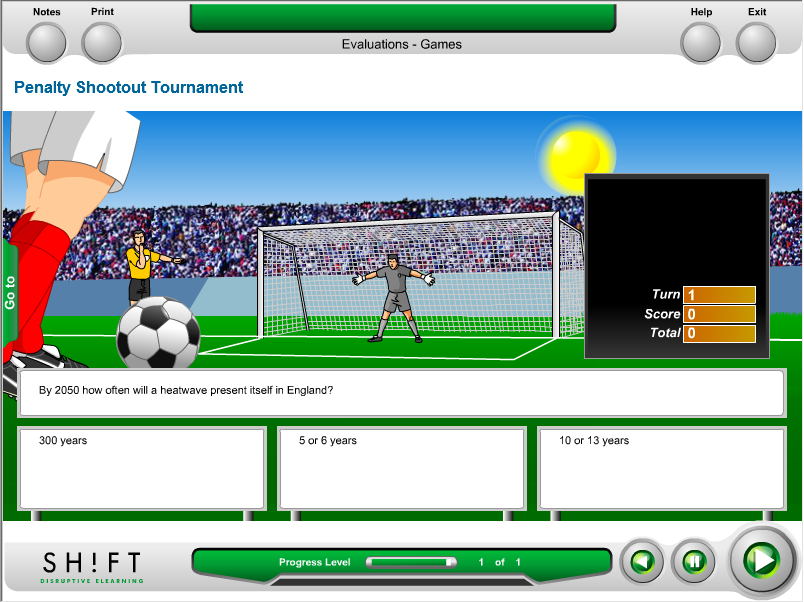eLearning serious games: creativity and motivation
Its followers indicate that its use motivates, promotes participation and breaks monotony, but above it all, it lets the student/collaborator improve his/her performance.
On the other side of the story there are the deceivers who think that using educational games can be counter producing and it may distract the student involved in the training process.
What we know is that there’s controversy in the matter, but what we can assure is that there’s been an increase in corporate virtual training which has lead to a change in traditional methodologies and a creative redesign of the way we teach.
Companies are now aware that eLearning is the most efficient training method when it comes to cost, time, quality and the learning curve.
Nonetheless, people have questioned the use of sophisticated authoring tools or engines as a part of the content development process, mainly because excellent end results rely on the quality of the information and creative resources included.
This change in paradigm has lead to a significant relevance to those learning strategies based on educational games or serious games as where called by Clark Abt in the 1960’s.

Let’s get to know it a little further…
Nowadays there are several initiatives that want to include games in virtual classrooms, but they are mainly directed to children, so why hasn’t it been embraced by other demographics?
A game based educational strategy is an effective model when you’re interested in developing knowledge as well as nurturing emotions which will lead students of all ages into deep learning experiences.
Games designed as a well structured activity with a clear learning objective allow students to embrace knowledge and use them to solve work related issues in a fun relaxed environment.
A complex subject can be transformed in to a fun game if the instructional designer traces an interesting story behind it which includes challenges and activities that capture the student’s attention. Students will increase their number of attentive hours and their learning development once a stimulating, challenging goal is set for them to beat.
In a couple of words, games can be an effective tool used in eLearning development processes. They increase the speed and improve learning in a better way than complex processes which helps develop abilities and talent.
Using games in eLearning is still a work in progress, but you can be a part of this new, creative and motivational stream of thought that’s working its way into the industry.

In which other ways do you think games can make a better eLearning experience? We want to hear you opinion!







